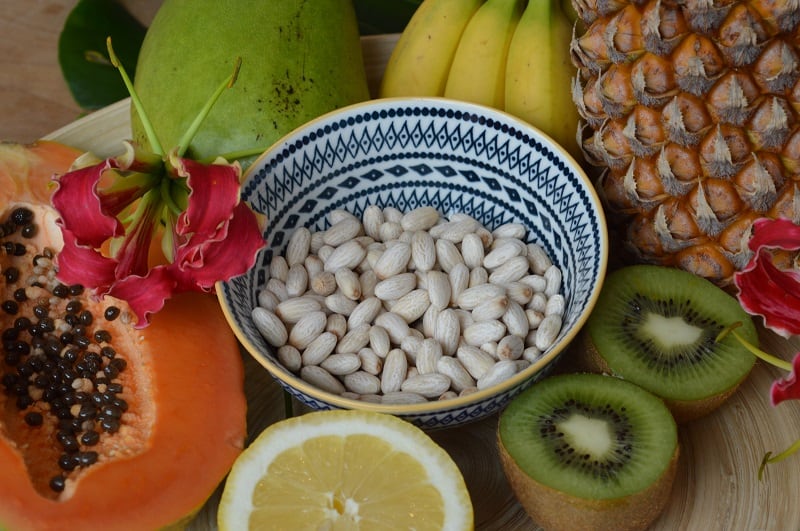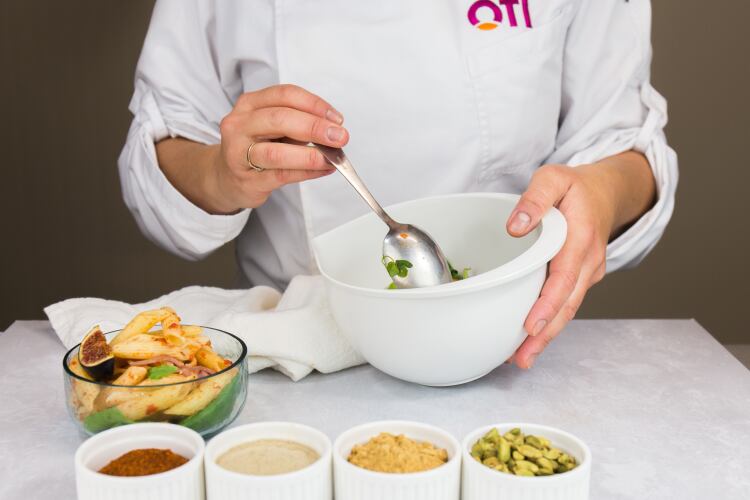Chuta is the brand name for an edible nut from the Jatropha curcas plant native to the American tropics.
The oil from Jatropha curcas is mainly converted into biodiesel for use in diesel engines. The nut from the Jatropha curcas plant, however, is also a traditional food in its native areas such as Mexico.
Founded as an affiliation of Hohenheim University after researching the nut and its potential uses, JatroSolutions has been focused on bringing the Chuta nut to the European market since 2015 and submitted a Novel Foods application the following year. It now plans to sell Chuta-based snacks such as bars and cereals in European supermarkets.
High energetic nutritional value
The nut’s high content of unsaturated fatty acids and proteins make it ideal for the healthy nutrition market, Sebastian Held, Managing Director of JatroSolutions told FoodNavigator.
“Chuta nuts are characterised by a high proportion of amino acids, first-class unsaturated fatty acids and rich minerals. With their protein content of up to 30 percent, they provide the body with more energy than almonds and peanuts,” he told us.
The EFSA evaluation revealed the nut’s major components are lipids and proteins. Total fat comprises around 60% of the nut, with the relative proportion of unsaturated fatty acids accounting for around 80% of total fat, while proteins account for about 25%.
Chuta nuts are also low in carbohydrates, sugars, salt and unhealthy trans fatty acids, but have higher contents of minerals than most common nuts, Held claimed.
"Chuta is an ideal plant-based protein source for improving fitness, for an energy kick in the stressful office routine and for all vegetarians and vegans."
Somewhere between sunflower seeds and peanuts
He added the Chuta nut has a unique nutty taste. “The taste is not comparable to the other nuts. Chuta unique taste could be something between almond and sunflower seed.”
JatroSolutions said that over several years, it has analysed, characterised and improved Chuta cultivars and developed a sustainable value chain for production. Chuta is free from nut allergens and has a relatively simple post-harvest process. Once the fruit husks are removed, the in-shell nuts are dried. The nuts are then shelled and roasted.
It claims it is the only company worldwide that offers planting material for Chuta and expertise for its cultivation of Chuta. It further claimed the production of the nut provides many agronomic advantages such as high yield stability, a concentrated harvest period, reduced plant size for easy harvest and the ability to adapt to diverse environments.
The company’s main plantation area is in Paraguay. It plans is to grow Chuta in Latin America, Africa and Asia. “In the next years we are planning with a yearly harvest up to 600 tons per year,” said Held. “But of course we have some upscaling potential. Currently we are looking for investors for the market entrance and the scale up phase.”




